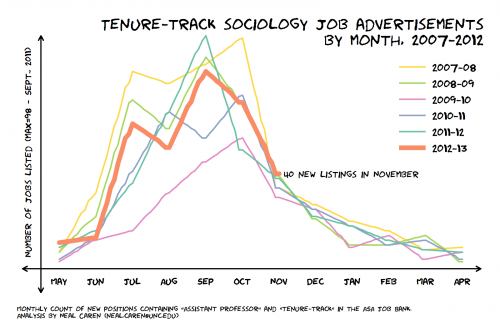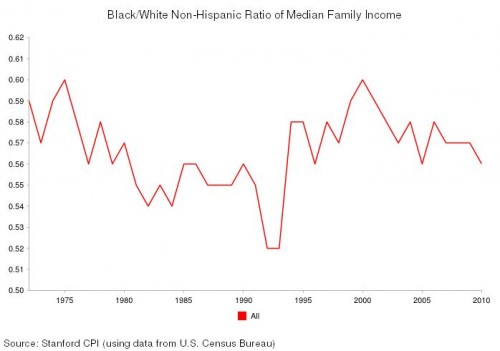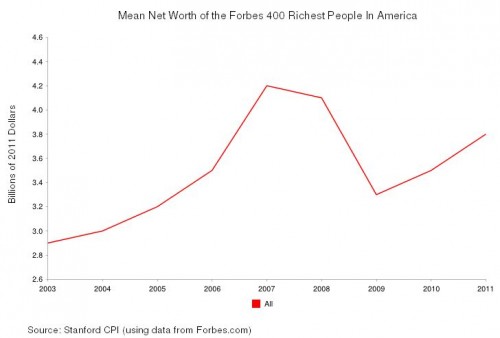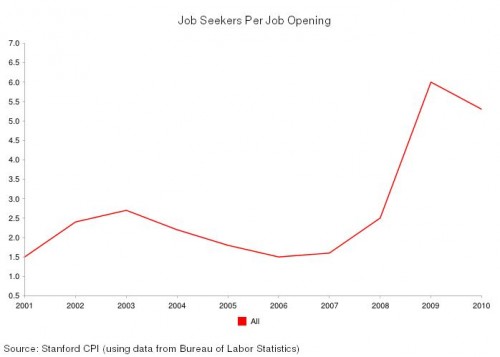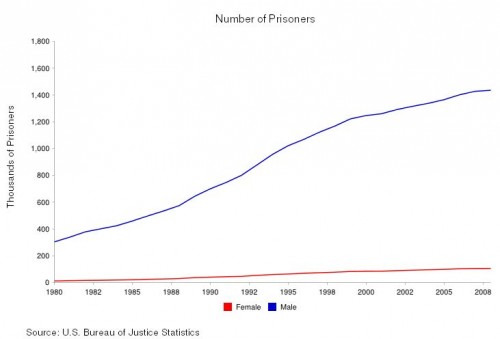Cross-posted at Reports from the Economic Front.
The media continues to direct our attention to deficits and debt as our main problems. Yet, it does little to really highlight the causes of these deficits and debts.
The following two figures from the Center on Budget and Policy Priorities help to clarify the causes. It is important to note that the projections underlying both figures were made before the recent vote making permanent most of the Bush-era tax cuts.
Figure 1 shows the main drivers of our large national deficits: the Bush-era tax cuts, the wars in Iraq and Afghanistan, and our economic crisis and responses to it. Without those drivers our national deficits would have remained quite small.

Figure 2 shows the main drivers of our national debt. Not surprisingly they are the same as the drivers of our deficits.
Significantly, the same political leaders that scream the loudest about our deficits and debt have little to say about stopping the wars or reducing military spending and are the most adamant about maintaining the Bush-era tax cuts. That is because, at root, their interest is in reducing spending on non-security programs rather than reducing the deficit or debt.
Some of these leaders argue that the tax cuts will help correct our economic problems and thereby help reduce the deficit and debt. However, multiple studies have shown that tax cuts are among the least effective ways to stimulate employment and growth. In contrast, the most effective are sustained and targeted government efforts to refashion economic activity by spending on green conversion, infrastructure, health care, education and the like.
While Republicans and Democrats debate the extent to which taxes should be raised, both sides appear to agree on the need to rein in federal government spending in order to achieve deficit reduction. In fact, federal government spending has been declining both absolutely and, as the following figure from the St. Louis Federal Reserve shows, as a share of GDP.
In reality, our main challenge is not reducing our deficit or debt but rather strengthening our economy, and cutting government spending is not going to help us overcome that challenge. As Peter Coy, writing in BusinessWeek explains:
It pains deficit hawks to hear this, but ever since the 2008 financial crisis, government red ink has been an elixir for the U.S. economy. After the crisis, households strove to pay down debt and businesses hoarded profits while skimping on investment. If the federal government had tried to run balanced budgets, there would have been an enormous economy wide deficit of demand and the economic slump would have been far worse. In 2009 fiscal policy added about 2.7 percentage points to what the economy’s growth rate would have been, according to calculations by Mark Zandi of Moody’s Analytics. But since then the U.S. has underutilized fiscal policy as a recession-fighting tool. The economic boost dropped to just half a percentage point in 2010. Fiscal policy subtracted from growth in 2011 and 2012 and will do so again in 2013, to the tune of about 1 percentage point, Zandi estimates.
If we were serious about tackling our economic problems we would raise tax rates and close tax loopholes on the wealthy and corporations and reduce military spending, and then use a significant portion of the revenue generated to fund a meaningful government stimulus program. That would be a win-win proposition as far as the economy and budget is concerned.
—————————
Martin Hart-Landsberg is a professor of Economics and Director of the Political Economy Program at Lewis and Clark College. You can follow him at Reports from the Economic Front.






